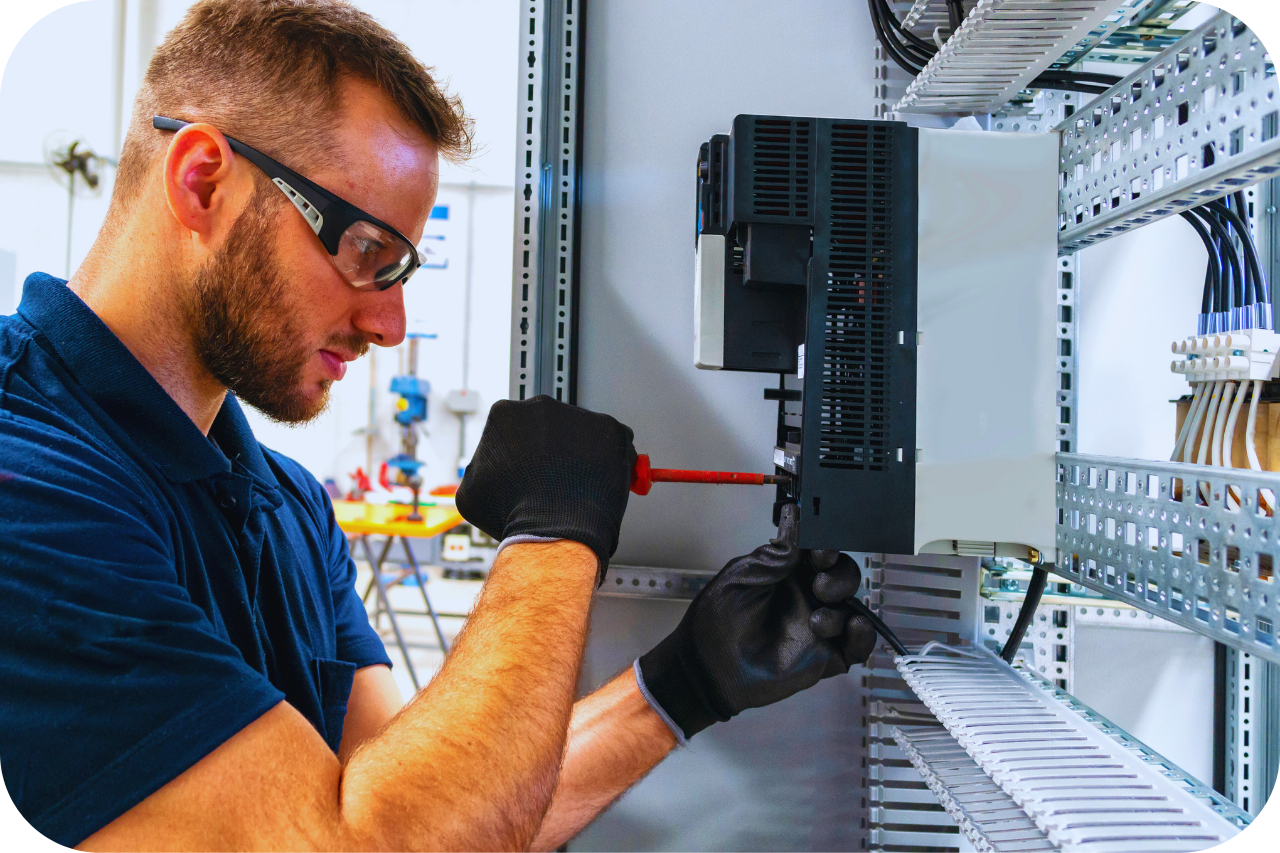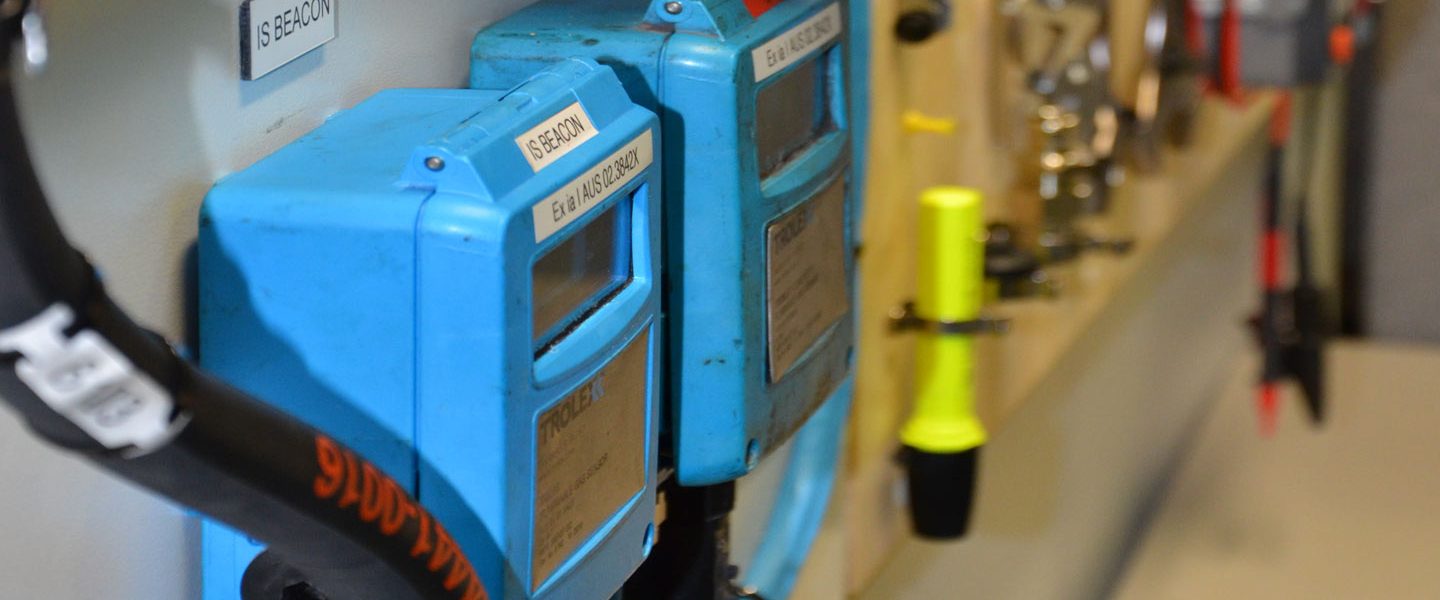Roar Solutions - Truths
Roar Solutions - Truths
Blog Article
The smart Trick of Roar Solutions That Nobody is Talking About
Table of ContentsLittle Known Facts About Roar Solutions.Getting My Roar Solutions To WorkRoar Solutions Fundamentals Explained
In such an atmosphere a fire or surge is feasible when three standard conditions are fulfilled. This is commonly referred to as the "dangerous area" or "burning" triangular. In order to protect setups from a possible surge an approach of evaluating and classifying a possibly harmful area is called for. The purpose of this is to make certain the correct option and installment of equipment to ultimately prevent an explosion and to guarantee safety of life.
(https://urlscan.io/result/8b06a2f1-9edb-4076-8512-31003b1bcc3a/)
No devices needs to be set up where the surface temperature level of the tools is higher than the ignition temperature of the offered hazard. Below are some usual dirt unsafe and their minimal ignition temperature. Coal Dust 380C 225C Polythene 420C (melts) Methyl Cellulose 420C 320C Starch 460C 435C Flour 490C 340C Sugar 490C 460C Grain Dust 510C 300C Phenolic Material 530C > 450C Aluminium 590C > 450C PVC 700C > 450C Soot 810C 570C The possibility of the risk being present in a focus high adequate to create an ignition will certainly differ from place to location.
In order to identify this risk a setup is split right into areas of threat relying on the quantity of time the hazardous exists. These areas are described as Areas. For gases and vapours and dirts and fibers there are three areas. Zone 0 Zone 20 A harmful ambience is highly likely to be existing and may be present for extended periods of time (> 1000 hours per year) and even continually Zone 1 Area 21 A dangerous ambience is possible but unlikely to be present for lengthy periods of time (> 10 450 C [842 F] A classification of T6 suggests the minimum ignition temperature is > 85 C [185 F] Dangerous location electrical tools possibly developed for usage in greater ambient temperatures. This would suggested on the rating plate e.g. EExe II C T3 Ta + 60C( This means at 60C ambient T3 will certainly not be exceeded) T1 T1, T2, T3, T4, T5, T6 T2 T2, T3, T4, T5, T6 T3 T3, T4, T5, T6 T4 T4, T5, T6 T5 T5, T6 T6 T6 A T Course rating of T1 suggests the optimum surface area temperature generated by the tool at 40 C is 450 C. Assuming the associated T Course and Temperature score for the tools are proper for the area, you can constantly utilize a tool with a more stringent Department ranking than required for the area. There isn't a clear answer to this inquiry. It truly does depend upon the sort of tools and what fixings need to be performed. Devices with details test procedures that can't be carried out in the field in order to achieve/maintain 3rd party score. Must return to the manufacturing facility if it is before the tools's solution. Area Repair By Authorised Employee: Complex testing might not be needed nonetheless certain treatments may need to be complied with in order for the tools to maintain its third party ranking. Authorized personnel must be utilized to execute the work correctly Repair service need to be a like for like replacement. New component must be taken into consideration as a straight replacement requiring no unique screening of the devices after the repair service is total. Each tool with a dangerous score need to be reviewed separately. These are laid out at a high degree listed below, however, for even more comprehensive details, please refer straight to the guidelines.
The smart Trick of Roar Solutions That Nobody is Discussing
The devices register is an extensive database of equipment records that includes a minimum collection of fields to recognize each thing's place, technological parameters, Ex lover category, age, and environmental information. This info is essential for tracking and taking care of the equipment successfully within unsafe areas. In contrast, for regular or RBI tasting assessments, the quality will be a combination of In-depth and Close evaluations. The proportion of Comprehensive to Close inspections will certainly be established by the Tools Risk, which is examined based upon ignition risk (the likelihood of a resource of ignition versus the possibility of a combustible ambience )and the unsafe area category
( Zone 0, 1, or 2). This variation will certainly likewise affect the resourcing demands for job preparation. When Lots are defined, you can create sampling plans based upon the sample dimension of each Whole lot, which describes the variety of arbitrary tools products to be checked. To figure out the called for sample size, 2 aspects require to be evaluated: the size of the Whole lot and the group of inspection, which suggests the level of effort that must be used( minimized, regular, or increased )to the assessment of the Great deal. By integrating the group of inspection with the Great deal size, you can then develop the ideal denial criteria for a sample, meaning the allowable number of malfunctioning products found within that sample. For more information on this process, please refer to the Energy Institute Standards. The IEC 60079 typical recommends that the optimum period between evaluations must not exceed three years. EEHA assessments will certainly also be conducted outside of RBI campaigns as component of set up maintenance and devices overhauls or fixings. These evaluations can be attributed toward the RBI sample dimensions within the affected Lots. EEHA examinations are conducted to recognize mistakes in electrical tools. A weighted racking up system is crucial, as a solitary tool might have multiple mistakes, each with varying levels of ignition risk. If the consolidated score of both assessments is much less than twice the fault rating, the Whole lot is regarded appropriate. If the Whole lot is still thought about undesirable, it should go through a complete assessment or justification, which might activate more stringent assessment protocols. Accepted Whole lot: The sources of any type of faults are recognized. If a typical failure mode is found, extra devices may require maintenance. Faults are classified by intensity( Security, Stability, Home cleaning ), guaranteeing that urgent concerns are analyzed and addressed immediately to alleviate any influence on security or procedures. The EEHA data source should track and record the lifecycle of mistakes along with the restorative activities taken. Carrying out a durable Risk-Based Inspection( RBI )method is critical for ensuring conformity and safety and security in handling Electrical Equipment in Hazardous Locations( EEHA) (high voltage courses). Automated Fault Scoring and Lifecycle Administration: Easily manage mistakes and track their lifecycle to enhance assessment precision. The introduction of this assistance for risk-based examination even more enhances Inspectivity's setting as a best-in-class remedy for regulative conformity, along with for any asset-centric inspection usage situation. If you are interested in discovering extra, we welcome you to ask for a demonstration and find exactly how our solution can change your EEHA monitoring procedures.
The Ultimate Guide To Roar Solutions

In terms of eruptive threat, an unsafe area is an atmosphere in which an eruptive atmosphere exists (or might be anticipated to be existing) in quantities that call for special safety measures for the construction, installment and usage of equipment. eeha. In this article we explore the challenges encountered in the workplace, the danger control steps, and the required expertises to work securely
These compounds can, in particular problems, create explosive environments and these can have major and unfortunate effects. Most of us are familiar with the fire triangular get rid of any kind of one of the three elements and the fire can not occur, yet what does this mean in the context of unsafe locations?
In a lot of circumstances, we can do little concerning the degrees of oxygen in the air, yet we can have substantial impact on sources of ignition, for instance electrical devices. Hazardous locations are documented on the dangerous area classification drawing and are recognized on-site by the triangular "EX LOVER" indicator. Right here, among other essential details, zones hazardous area electrical course are divided into three types depending upon the threat, the chance and period that an eruptive environment will exist; Area 0 or 20 is regarded the most unsafe and Zone 2 or 22 is deemed the least.
Report this page